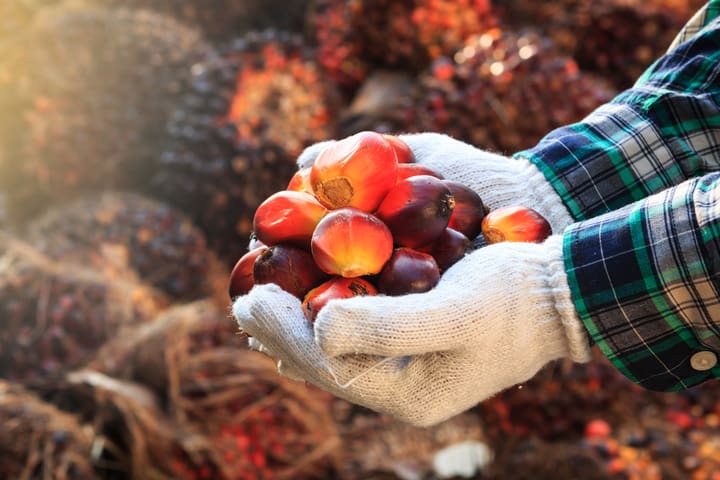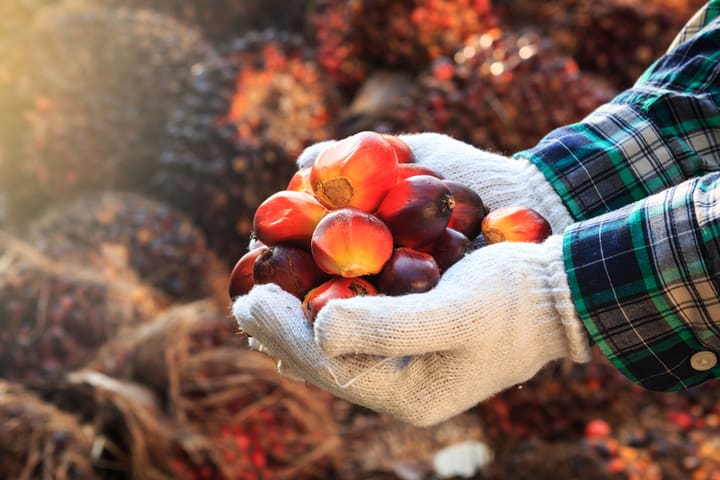#IfTreesCouldTalk is a blog series that aims to highlight one aspect of environmental impact, wildlife conservation and other issues that need to be spoken about from the natural world and our impact on it. The idea was simple. We just believe that if Mother Nature had a voice, there would be a lot she would have to say about the state of the world today and what we can do to help. This is just our effort to give her a voice.
I’ve been binging a show called Mr. Robot and through the course of the story-telling, there is one strong mission and message that these hackers want to give out to the world: Wake up from the slumber and start questioning what you perceive to be reality. Of course, the impassioned speech is part of a fictitious show, but the baseline is still true. The only way to not blindly believe everything you’re told is to keep asking questions and empowering yourself with facts. And this is done quite simply, by peeling back the layers to uncover the inconvenient truth that is systematically hidden. Watch the clip below, it’s pretty cool!
Well somehow, this got me thinking about palm oil, something that is so common, but not many even know about its existence or the fact that it’s in most things we consume on a daily basis. Another thing most people don’t know is how harmful palm oil production is to the earth. So, let’s remedy that with some basic facts:
What is palm oil?
Palm oil is a kind of vegetable oil; the most popular kind in the whole world for the simple reason that it is the most consumed found in many packaged products sold in the supermarket. Because palm oil fulfils certain criteria, A LOT (almost 50 % of all of FMCG products) that is everything from biscuits, candy bars, instant noodles and margarine to lipstick, shampoo and even detergent contain it. The trees originally came from West Africa, but now Indonesia and Malaysia are the largest producers of palm oil. It goes by many names; vegetable fat, palm fruit oil, palmate and many, many more.
Why is it everywhere?
Palm oil is the most versatile vegetable oil, which is why it is used in so many products. For instance, because it is semi-solid at room temperature, it helps spreads like Nutella retain their spreadability. It is used in instant noodles to pre-cook them so that all you have to do is add hot water. It doesn’t oxidise easily and therefore lends itself to elongating a products shelf life. It is colourless but holds colour well. It is odourless and it doesn’t melt at high temperatures. These are all great characteristics for lipsticks and food products like chips. Palm oil is also used as a conditioning agent in well, conditioners. It is also used in cleaning products like detergent and soap. Again, because it is solid at room temperature, it is used in chocolate and margarine and in ice cream to make the texture smooth and creamy. And finally, it is used most basically around Asia and Africa as a cooking oil.

Why is it controversial?
While palm oil is the most efficient source of vegetable oil, its rapid expansion threatens some of the planet’s most important and bio-diverse habitats and pollutes the air we breathe. As we mentioned earlier, though originally found in Africa, nowadays Indonesia and Malaysia are the largest producers of palm oil accounting for 85% of the global demand. It goes by many names; as per WorldWildlife.org these are:
Vegetable Oil, Vegetable Fat, Palm Kernel, Palm Kernel Oil, Palm Fruit Oil, Palmate, Palmitate, Palmolein, Glyceryl, Stearate, Stearic Acid, Elaeis Guineensis, Palmitic Acid, Palm Stearine, Palmitoyl Oxostearamide, Palmitoyl Tetrapeptide-3, Sodium Laureth Sulfate, Sodium Lauryl Sulfate, Sodium Kernelate, Sodium Palm Kernelate, Sodium Lauryl Lactylate/Sulphate, Hyrated Palm Glycerides, Etyl Palmitate, Octyl Palmitate, Palmityl Alcohol
Large spaces of forest covers in Borneo, Indonesia and Malaysia amongst other places are burnt down to make room for their plantations and that deforestation results in loss of habitat for many species, the worst-affected of which are orangutans. Other affected species include tigers, rhinos and even elephants. Palm oil also contains high levels of saturated fats that are connected to cardiovascular problems, but to be fair, if consumed moderately, it isn’t that harmful. Finally, deforestation of forests covers to accommodate plantations also contribute dearly to climate change and CO2 levels in the world. And the burning of the forests not only destroys the natural habitat and its biodiversity but also pollutes the air we breathe terribly. Watch this video made by the BBC, it is truly informative.
What’s the solution?
Palm oil grows naturally in tropical forests, but the problem arises when companies or individuals grow it in an unsustainable manner. The solution is not to swear off palm oil because the fact remains that it is the most efficient oil to produce owing to its cheapness, high melting point and the fact that it doesn’t have trans fats. It produces more oil per hectare of land than any other and doesn’t need as many pesticides.
As per wwf.org.uk,
Globally, palm oil supplies 35% of the world’s vegetable oil demand on just 10% of the land. To get the same amount of alternative oils like soybean or coconut oil you would need anything between 4 and 10 times more land, which would just shift the problem to other parts of the world and threaten other habitats and species. Furthermore, palm oil is an important crop for the GDP of emerging economies and there are millions of smallholder farmers who depend on producing palm oil for their livelihood. Boycotting palm oil is not always the answer, but demanding more action to tackle the issues and go further and faster, is.
But there are things you can do. There are companies working tirelessly to ensure more sustainable practices when it comes to palm oil production. The Roundtable of Sustainable Palm Oil certifies whether palm oil has been produced with best practices and has a label that you can look for. Also, companies and countries should follow in the EU’s footsteps and clearly mention if they use palm oil or not, instead of hiding behind multiple names. If they are transparent, then they would have to source from sustainable producers over unsustainable ones. It is the most effective vegetable oil to grow as it takes less land to produce than other vegetable oils so avoiding it might shift demand to something that’s an even bigger evil that takes even more land to grow and uses even more pesticides.
Tips to follow
- What you can do though is educate yourself with firstly all the products that contain it.
- Secondly, read up on companies that produce it sustainably and you can do that by checking the labels of all these common products.
- Look for the RSPO label that certifies sustainable production.
- Write to the companies that produce these products and ask them directly about whether a product that they have in their portfolio has palm oil.
Right now, WWF estimates that only around 18% of palm oil production is sustainable, but we should do our bit to be smarter about our choices too. Click here, for this very useful tool developed by WWF to check whether a brand or product uses palm oil. Let’s try to be better for our earth.
Don’t forget to follow @missmalinilifestyle for more.

